Premium Only Content
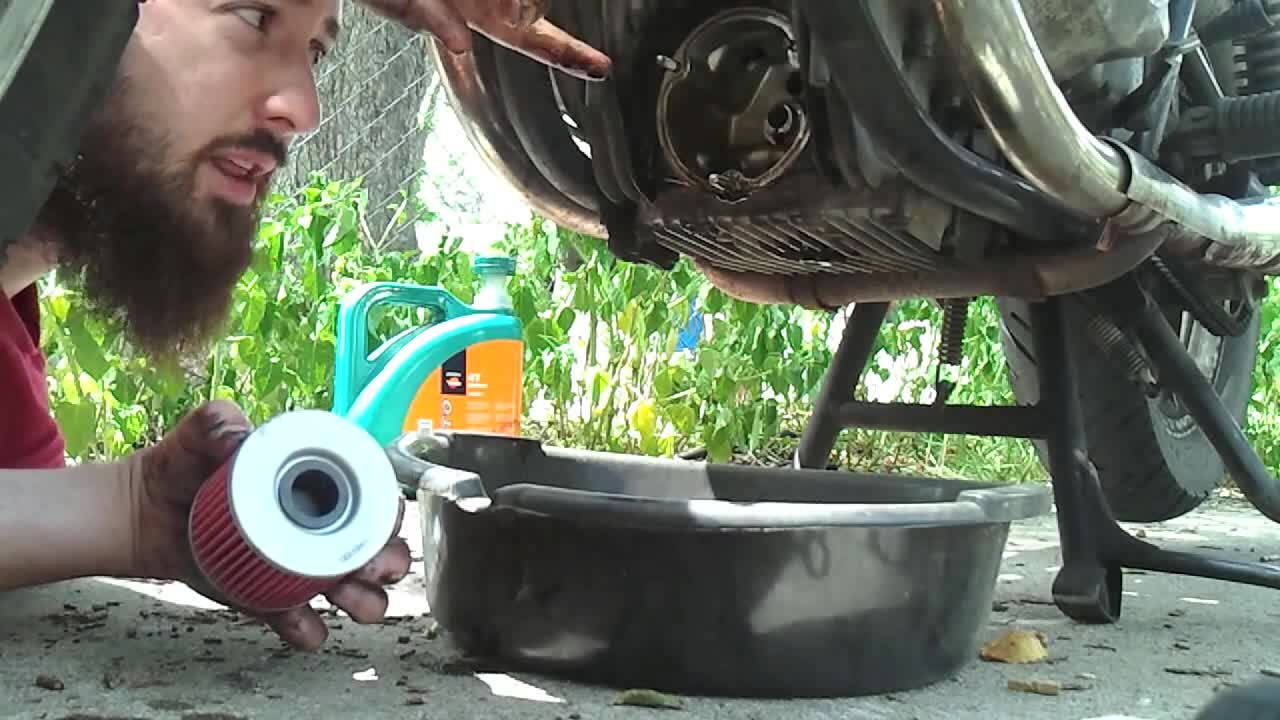
How to change the oil on a 1980 Suzuki GS450L
I had never changed the oil on a motorcycle before, but I couldn't find any information about a bike like mine on the internet, so I decided to create it. I hope this helps someone. The process is very similar for other Suzuki motorcycles (such as the GS750). It's also very similar to the process for most motorcycles in general (I now ride a Yamaha VMax, and it's not much different).
This was originally posted on YouTube in 2011, but I wanted to see if it'd find more people here. I endeavor to answer comments, so if you have a question, don't hesitate to post a comment.
Special thanks to The Media Handyman ( http://www.mediahandyman.com/ ) for editing the video for me, and to Kimoreah for his mechanical advice and instruction.
+++++++++++++++++++++++++++++++++++
Add'l info on the oil filter assembly:
Turns out, it didn't seat as well as I thought, oil did leak and I did have to take it off and re-seat the cover. However, this wasn't as bad as I had expected it to be. Since I used another fresh oil pan, I was able to catch most of the oil that came out, which turned out not to be very much after all. The seal had flattened some so it was more willing to stay in the groove where it belonged when I put it back together.
+++++++++++++++++++++++++++++++++++
Add'l info about oil choice. There is a LOT of controversy in the biking community about which motor oil to use. Frankly, I'm convinced that there are only two categories:
1) if you're a super racer who wants every ounce of torque out of your hayabusa, then you need to select your oil very carefully. Make sure you're putting it on a dyno, though, so you know the difference between "it feels faster" and "it's actually faster."
2) Then there's the rest of us. We just want to ride, and not ruin the bike while we're at it. The manufacturer knows what works, so use that and move on with your life.
If you just HAVE to choose something yourself, definitely avoid oil for cars: it has additives/conditioners that aren't necessarily compatible with a wet clutch. Along those lines, don't ever use an after-market oil additive (like Engine Honey or Seafoam) in a motorcycle. They do good things... but have no respect for a wet clutch. Additives are a good way to make a perfectly good clutch start slipping, or worse yet: dissolve the cork rings and completely ruin a perfectly good clutch.
OEM oil might be expensive, but it's cheaper than a clutch pack.
Ride safe.
-
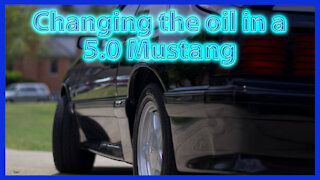 4:45
4:45
DIYBob
4 years agoHow to Change The Oil in a 90-93 Mustang 5.0
26 -
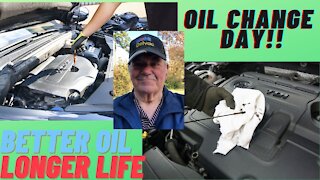 8:33
8:33
The Oiling Chief
4 years agoOil Change Day
84 -
 1:26
1:26
Odin The Tall
4 years agoHow To Change A Light Bulb
2621 -
 1:56
1:56
TuOwl
4 years agohow to change theme in krita.
25 -
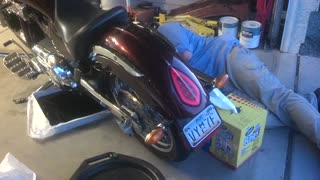 5:57
5:57
TNRoadmaster
4 years ago $0.03 earnedVictory Oil Change Video #1
2173 -
 8:13
8:13
Iowegian
4 years ago $0.02 earned66 Mustang Oil Change
119 -
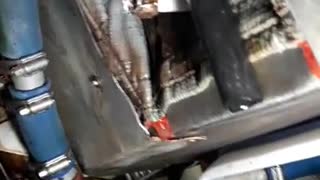 2:51
2:51
BlueFX!
4 years agoRotax 912 oil change
33 -
 3:01
3:01
EdwinReyes
4 years agoOil Change and filter replacement
60 -
 1:12
1:12
TuOwl
4 years agoHow you change the theme in shotcut.
33 -
 7:30
7:30
Donuts_on_Rumble
4 years agoDonuts: Saturn SC2 Oil Change
26